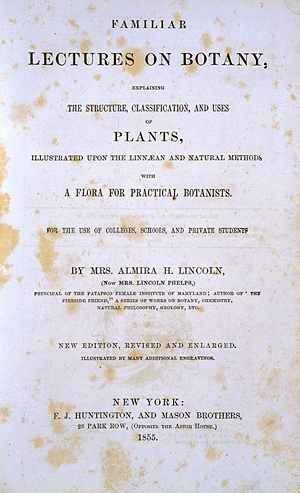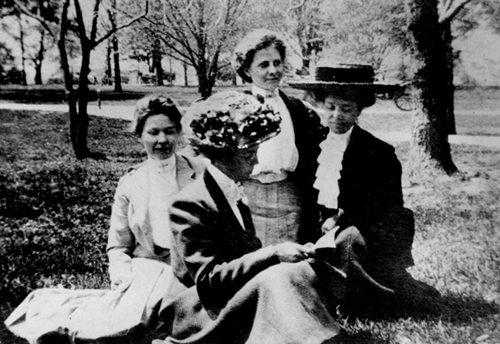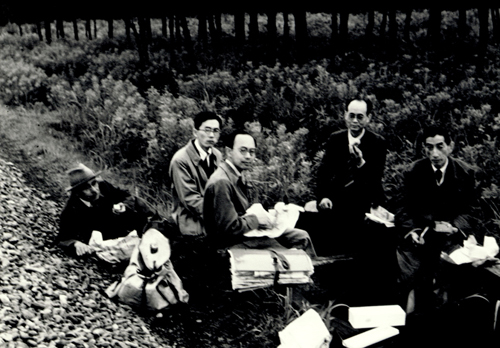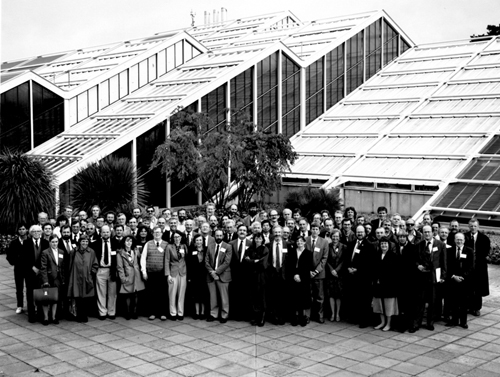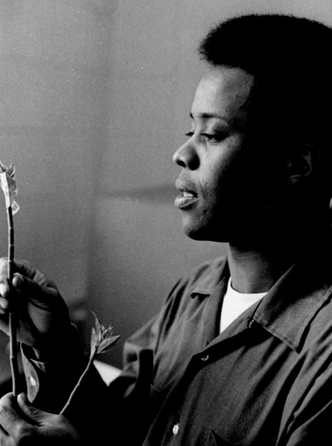
Linnaeus’ hands-on systems enabled participation in botany to expand by leaps and bounds. The resulting inclusive nature of plant study has shaped the very structure of botany as a global and collaborative discipline that is part of how we understand the world, locally and internationally. Some of that understanding comes from the universal applicability of Linnaeus’ system of binomial nomenclature and from collaborative projects emanating from him and his system. Botany would not have the particular practices and wealth of knowledge that it does today without those early Linnaean contributions.

Gardiner’s Garden Gems for 1892.
In addition to the work of professional botanists, professional and amateur horticulturists used and expanded botanical knowledge, as did amateurs of all kinds. Women took it up in the 19th century, and children were taught botany in school and at home. The public at large learned scientific names while walking in public botanical gardens and from reading Curtis’s Botanical Magazine or seed catalogues such as Gardiner’s Garden Gems, pictured here. Contributions to botanical knowledge come from many sources, and the path to botanical professional stature is not set in stone.
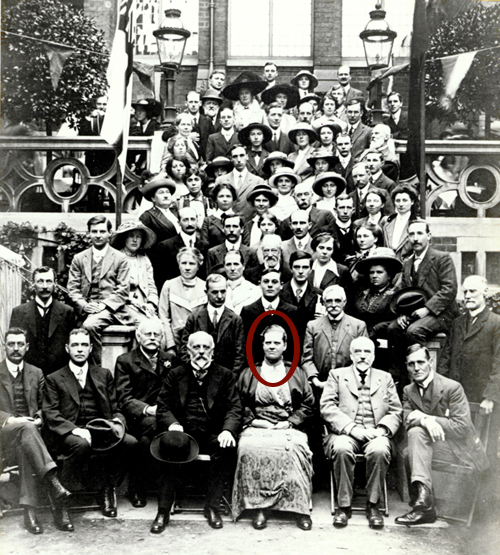
Ethel Sargant (1863–1918), front row, center, at the 1913 British Association for the Advancement of Science meeting. Sargant attended Girton College before being employed at Kew.
Also pictured: seated in front row, G. S. West, R. H. Yapp, O. Stapf, J. Reinke, D. H. Scott, F. W. Oliver; standing in second row, C. E. Moss, W. Stiles, G. C. Druce, H. V. K. Scott, W. B. Grove; seated on posts at base of stairs, far left, D. T. Gwynne-Vaughn, D. F. M. Pertz; standing at bottom of stairs, E. R. Saunders, W. West, W. B. Brierley, H. C. I. F. Gwynne-Vaughn, E. J. Welsford, F. E. Weiss; standing along the top of the stairs, in three rows, M. J. Legoe, T. Whitehead, M. W. Jepps, O. V. Darbishire, W. T. Gordon, L. J. Clarke, H. H. Bancroft, F. D. Farrow, A. H. R. Buller, M. C. C. Stopes, M. J. Benson, F. T. Brooks, R. H. Compton, R. S. Adamson, E. N. M. Thomas, C. G. P. Laidlaw, H. H. Thomas; standing on remaining stairs, from top to bottom, P. C. C. Mitchell, E. M. M. Hume, G. Wigglesworth, R. C. Davie, W. N. Cheesman, Ms. Samuel, J. S. B. Elliott, Ms. Wortham, W. N. Jones, S. M. Baker, Ms. Burch, P. H. Allen, A. C. Halket, M. M. C. Rayner, M. H. Moss, Col. Rawson, E. M. Poulton, T. W. Woodhead, D. Thoday, M. G. S. Thoday, D. Ellis, R. R. Gates, M. T. E. and W. T. Horne, T. G. Hill, E. L. De Fraine, E. M. Delf.) HI Archives group portrait no. 399.
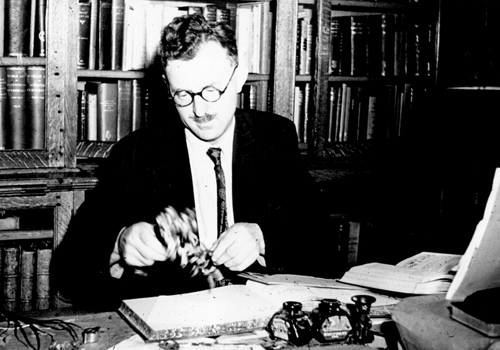
William T. Stearn (1911–2001) also took an alternate path to his position as the 20th-century doyen of botanical Latin and an authority on taxonomy. Stearn worked as a bookseller by day, taking classes at night and spending his lunch hours at a nearby university herbarium. Photo taken 1950. HI Archives portrait no. 4.
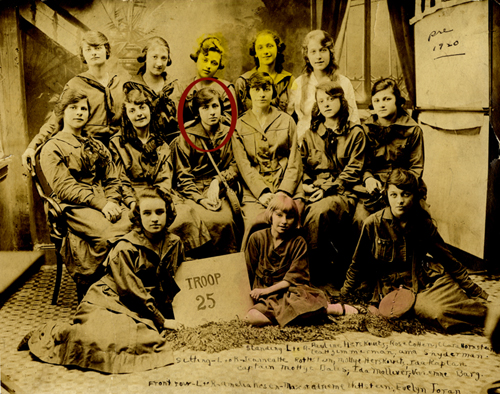
Top: Ida Langman (1904–1991), pictured here with her Girl Scout troop dressed for an outing sometime before 1920 (HI Archives group portrait no. 812), below as a teacher with the Roxborough Junior High Natural History Club (1933–1935) (HI Archives group portrait no. 868). From the Ida Langman Collection, Archives.
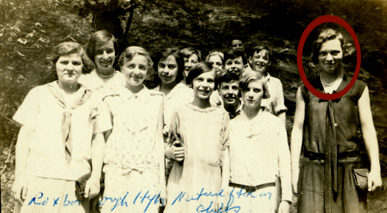
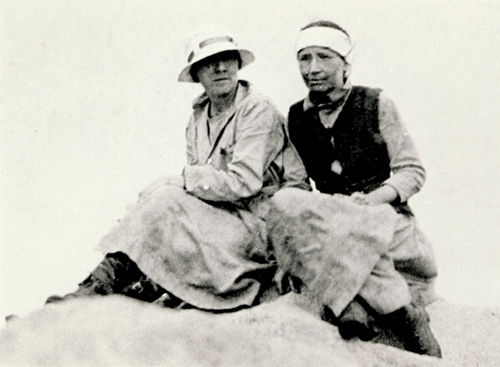
Agnes Chase (1869–1963) and Maria Bandeira in Brazil, 1920s. Reproduced from the Hitchcock Chase Collection, Smithsonian Institution. HI Archives portrait no. 16.
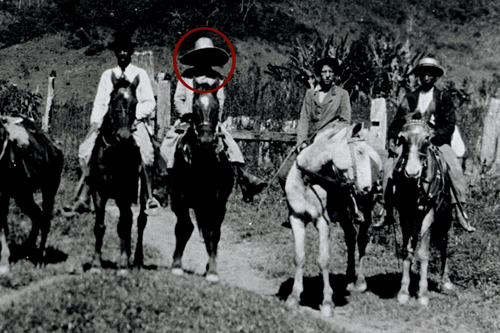
Serra da Grama expedition, Minas Gerais, Brazil, ca. l924-l925. (L. R.) Four unidentified persons, M. A. M. Chase, P. H. Rolfs, unidentified person. Photo courtesy of Hitchcock Chase Collection, Smithsonian Institution. HI Archives group portrait no. 603.
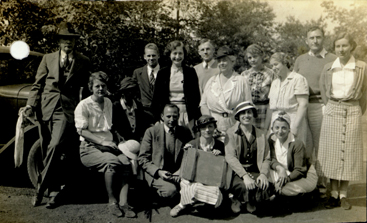
Field Trip in the Pocono Mountains, Pennsylvania, 1937. Fourteen unidentified persons with J. M. Fogg. HI Archives group portrait no. 66.
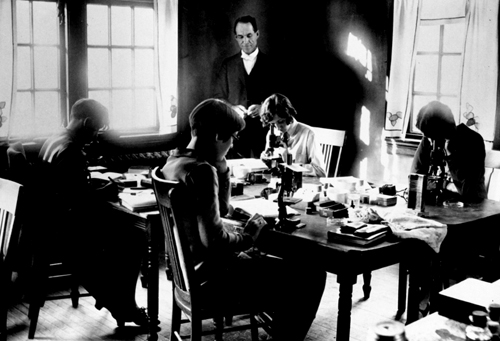
Henry Shoemaker Conard (1874–1971) with students in his lab in 1928. HI Archives portrait no. 11.

Wilhelm Suksdorf (1850–1932) was an amateur botanist who collected plants for Asa Gray, who paid him by the specimen. 28 September 1916. HI Archives portrait no. 1.

Rachel McMasters Miller Hunt (1882–1963), our patron, at age 6 (HI Archives portrait no. 46). She was still a child when she received her first plant book, How to Know the Wildflowers (New York, 1893), by Mrs. William Starr Dana (also Frances Theodora Parsons, 1861–1952) (cover also pictured).
When I was a little girl, I lived on my Grandmother's estate, in a large house on a hilltop, surrounded by great trees and many gardens. Perhaps I inherited from her my interest in gardening, for she loved every inch of her acres. She owned an Inn here in Western Pennsylvania, where George Washington had come, years before, as a young surveyor. That was in the village below our hilltop. There were farms beyond the hill, and a deep valley below with a pond, where the wildflowers of Western Pennsylvania grew rampant—arbutus, hepatica, blood root, white and purple violets. I learned to know the wildflowers by name when a friend of my Mother's gave me a wildflower book—How to Know the Wildflowers , by Mrs. William Starr Dana. It was my "Bible"—and in my Library today I have that same book.
— Rachel McMasters Miller Hunt from the Catalogue of Botanical Books in the Collection of Rachel McMasters Miller Hunt (Pittsburgh, Hunt Botanical Library, 1958, volume 1, p. vii).
